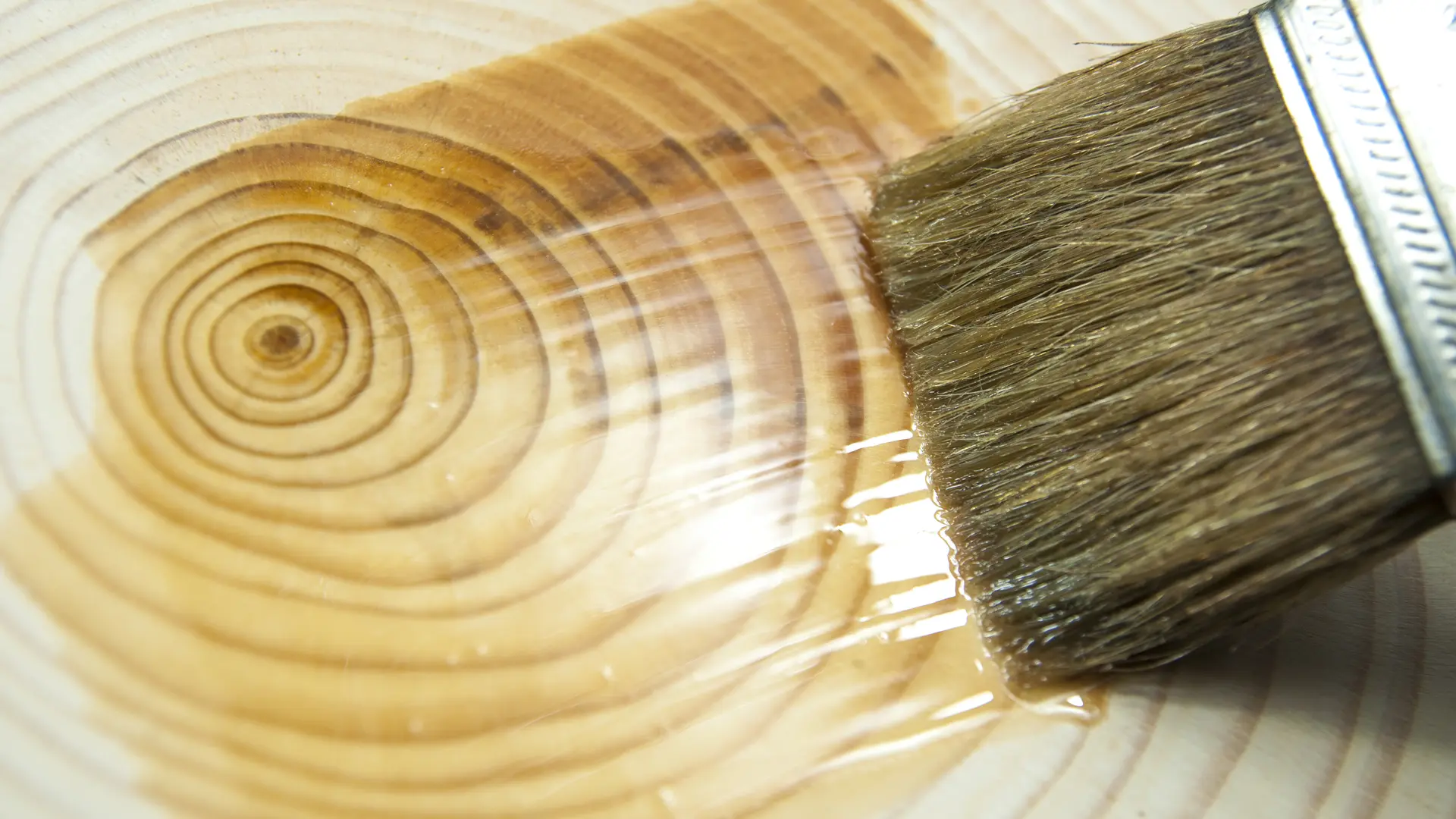In this article, we’ll discuss the use of wood finishing oils, the different types available, and the effects they provide.
Today, almost every woodworking shop in California uses finishing oils, with Rubio Monocoat and Osmo being among the most popular choices. But why have oils become so widely used in this region? The main reason is environmental regulations. California has strict laws limiting the use of solvent-based finishes derived from petroleum, requiring most paints and varnishes to be water-based.
Are Wood Oils Truly Eco-Friendly?
While wood oils do contain some chemical additives, they are still considered a more environmentally friendly option compared to traditional solvent-based finishes. Many high-quality brands, including Osmo and Rubio Monocoat, use plant-based oils and waxes in their formulations, reducing harmful emissions and making them safer for both woodworkers and end users.
The Benefits of Oil Finishes
One of the biggest advantages of oil finishes is that they enhance the natural look of the wood while providing durability and wear resistance. Unlike film-forming finishes such as varnishes and lacquers, oils penetrate the wood, strengthening the fibers from within. This results in a natural, matte appearance that highlights the grain and texture of the wood.
Another major benefit is ease of maintenance and repair. If an oiled surface gets scratched or damaged, it can be spot-repaired by sanding and reapplying the oil to the affected area. In contrast, repairing a lacquered or varnished surface often requires sanding and refinishing the entire piece.
Are There Any Downsides?
Despite its many advantages, wood oil does have one significant drawback: it allows moisture to pass through. This means that if you leave a damp cloth on an oiled tabletop for an extended period, it may leave a dark stain that can be difficult to remove.
However, when compared to water-based finishes, oil finishes are harder and more resistant to scratches. This makes them a great choice for furniture that experiences frequent use, such as dining tables, countertops, and cutting boards.
What We Use in Our Workshop
In our woodworking shop, we primarily use Osmo wood oil due to its excellent balance of durability, aesthetics, and ease of application. However, we also frequently work with Rubio Monocoat, especially for projects where a single-coat application is beneficial. Both brands offer high-quality, eco-friendly finishes that meet California’s strict environmental standards while providing exceptional results.
If you’re looking for a natural, durable, and repairable finish for your furniture, wood oils are an excellent choice. Have questions about which finish is best for your project? Contact us today, and we’ll be happy to help!
